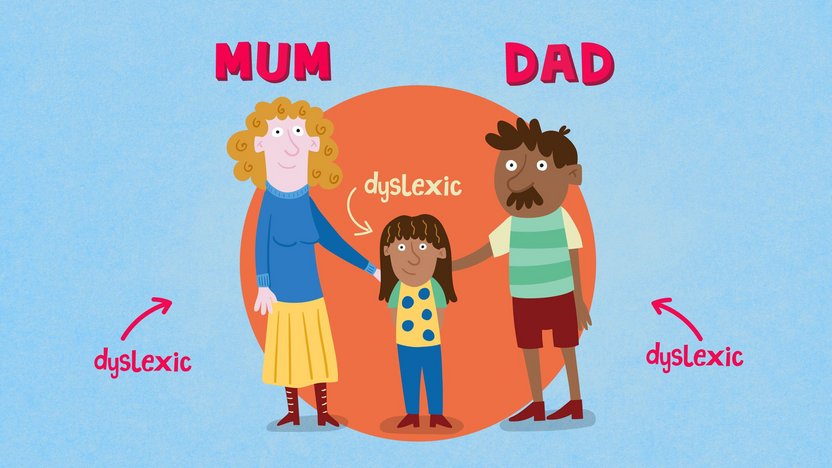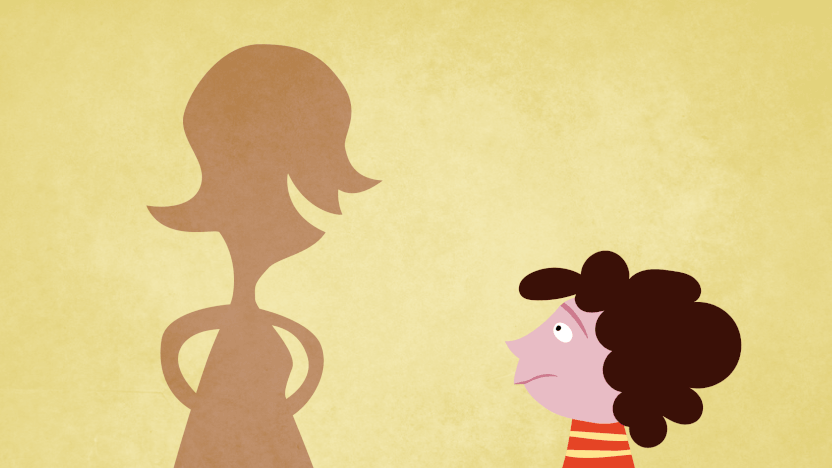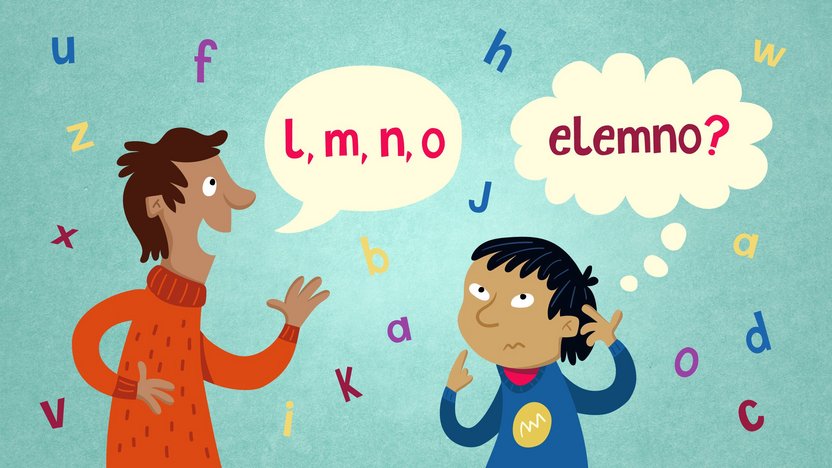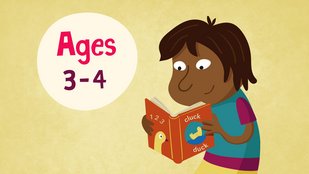Signs of Dyslexia: 3-4 years
A child with dyslexia will likely show some of these signs listed below. In fact, some children with dyslexia may only have one of these difficulties, but most will show several of them.

The most predictive indicator of dyslexia is a family member with dyslexia (brother/sister, parent, or other close relative).
Mixing up the sounds within words, persgetti for spaghetti, nabama for banana, nimastics for gymnastics, mawn lower for lawn mower.
‘Word finding difficulties’ are when a child can't think of the word they are trying to say. Children with this difficulty will call lots of objects a 'thingy' and substitute 'thing-a-ma-jig' or 'what-ya-ma-call-it' for the word they can't think of.
Learning to talk may be delayed or develops later than other children. First words might be difficult to understand.
May be unable to follow multi-step instructions, games or routines e.g. ‘Hang your jacket on your peg. Put you backpack in your cubby. Take out your water bottle and put it on your desk’. For a child with dyslexia who has problems sequencing, they may only remember one of these steps. They may remember only the last instruction and just drop the backpack and jacket on the floor. They may not remember any of the instructions. Sometimes these children are labelled as 'difficult' or 'disobedient' for not following the instructions but they may not have heard what the teacher said.

- Fine motor difficulty. Fine motor skills are used for controlling things like pencils, scissors, paint brushes. These may develop slower than other children. Look out for children who find it difficult to colour within the lines or have very messy brush strokes. An experienced pre-school teacher will get to know what skills develop at different stages throughout the year.
- May have difficulty recalling and re-telling a story in the correct sequence.
- Difficulty recognizing. the separate sounds in a words, e.g. they hear the word 'cat' and think it is one sound instead of three c-a-t.
- Difficulty learning the alphabet. Remembering the sequence or the names of the letters. Might think the letters 'l m n o' is one letter called 'elemno'.

- Difficulty learning numbers, days of the week, and shapes.
- May have difficulty writing their name. Get the spelling wrong, missing out letters.
